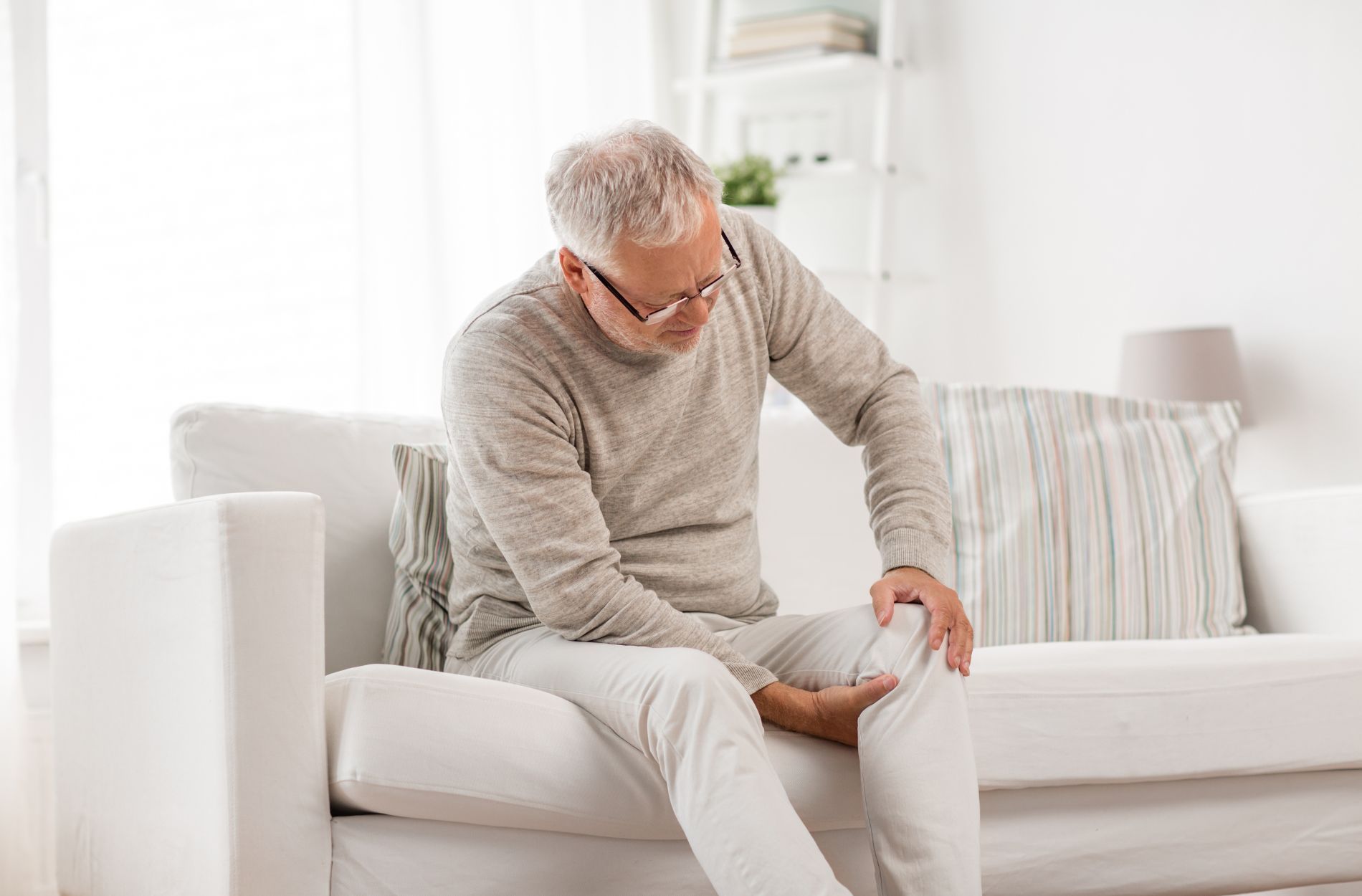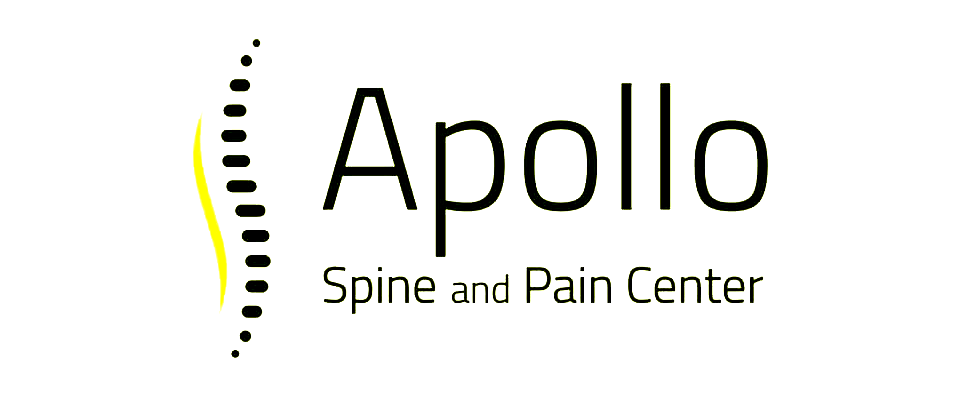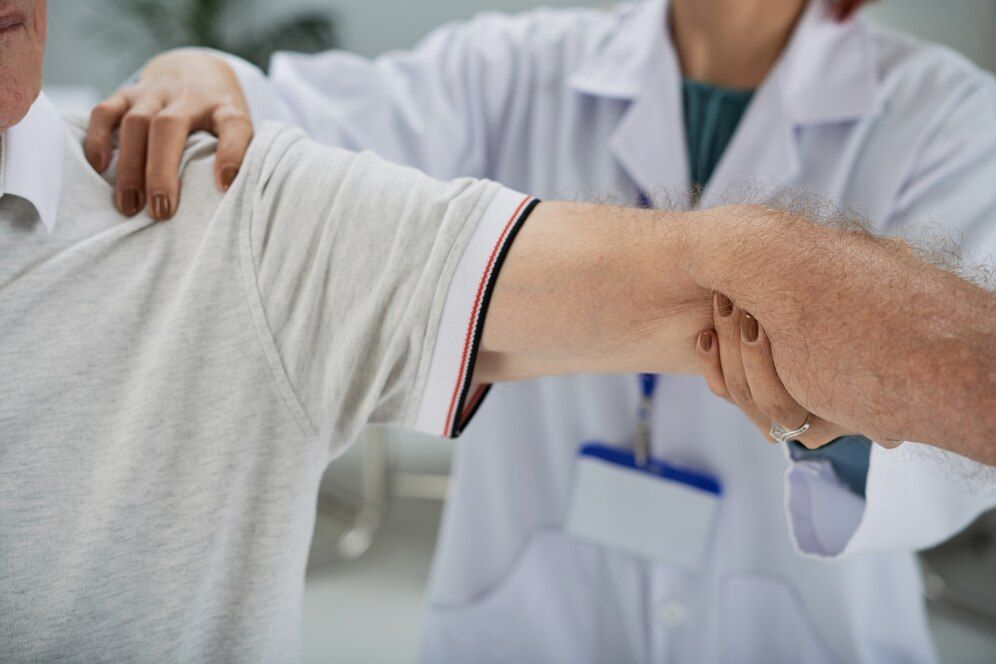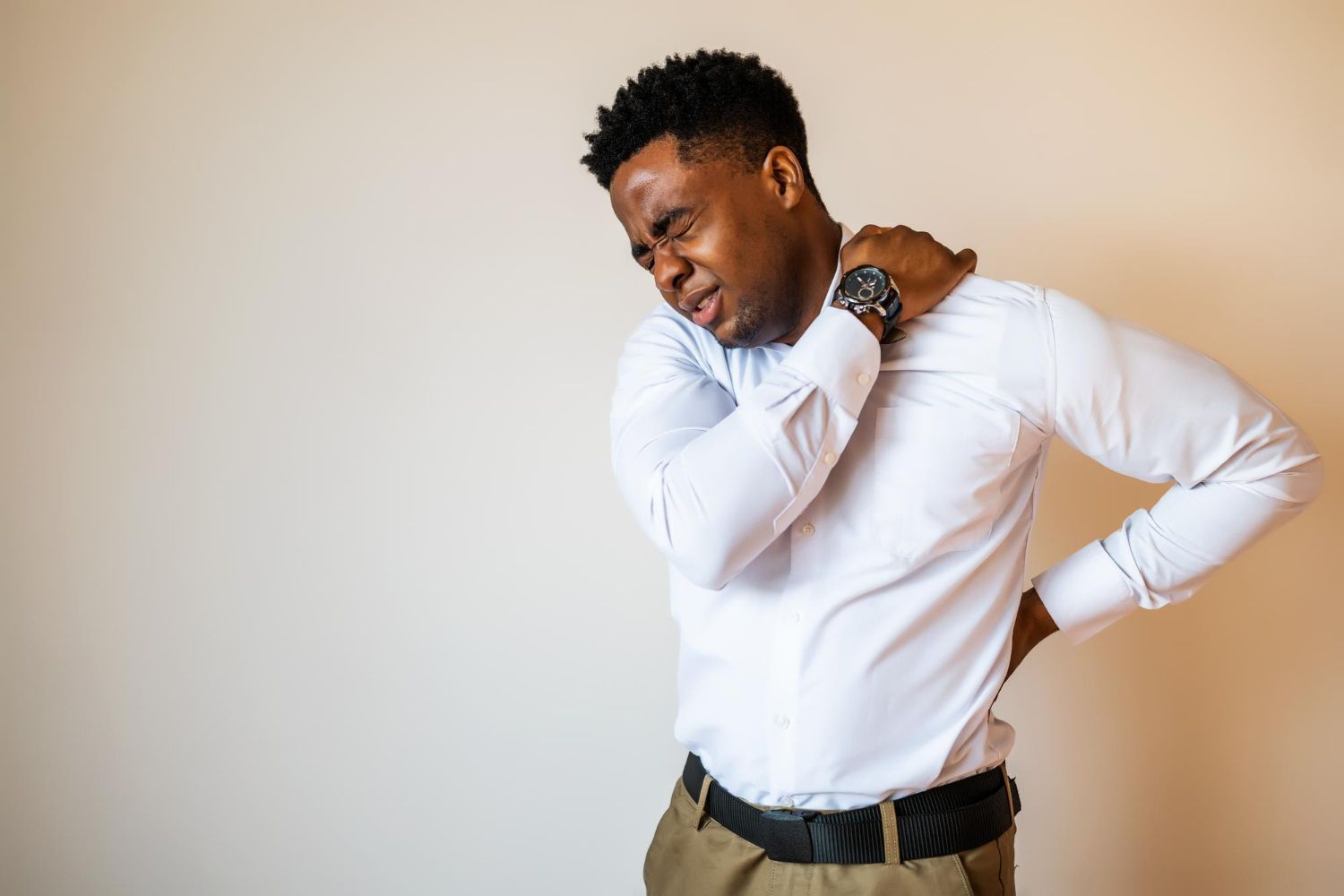Using PRP for Faster Sports Injury Recovery
Sports injuries are a part of playing hard and pushing your limits. Whether you’re a pro athlete or enjoy weekend games, getting hurt can be a real setback. Common sports injuries like sprains, strains, and torn ligaments can sideline you for weeks if not months. Many athletes turn to PRP therapy to get back in the game faster.
But what exactly is PRP therapy, and how does it work? Understanding this can help you decide if it’s the right choice. Knowing how PRP helps in recovery and what types of injuries it treats can give you a leg up in returning to your favorite activities. In this article, we'll dive into everything you need to know about using PRP for faster sports injury recovery.
What is PRP Therapy?
PRP, or Platelet-Rich Plasma, is a treatment that uses your blood to promote healing. The process starts by drawing a small sample of your blood. This blood is then spun in a machine called a centrifuge. The centrifuge separates the platelets from the other parts of the blood. The result is a concentrated mix of platelets, known as PRP.
Platelets are tiny cells in your blood that help with clotting and tissue repair. They contain growth factors that promote the healing of muscles, tendons, and ligaments. By injecting this concentrated mix of platelets into an injured area, PRP therapy can speed up the healing process.
The whole procedure usually takes about an hour. It’s minimally invasive, requiring only a simple injection. Because PRP uses your blood, there’s a lower risk of allergic reactions or other complications. It’s a natural way to boost your body’s healing power and get you back to your favorite activities faster.
How PRP Helps in Sports Injury Recovery
PRP therapy can be very effective in treating sports injuries. The growth factors in PRP help repair damaged tissues, reduce inflammation, and relieve pain. When injected into an injured area, these growth factors attract cells that help rebuild the tissues.
One critical benefit of PRP is its ability to speed up healing. For example, a ligament or muscle injury that might take months to heal can recover faster with PRP therapy. This means less time on the sidelines and a quicker return to your routine.
PRP therapy can also help reduce pain. Promoting tissue repair addresses the root cause of the pain rather than just masking the symptoms. This can lead to longer-lasting relief and better overall recovery. Many athletes find that PRP therapy allows them to return to sports with less discomfort and better performance.
Types of Sports Injuries Treated with PRP
PRP therapy can treat various sports injuries effectively. It is versatile and can be used on different parts of the body. One common injury treated with PRP is tendonitis. This condition involves inflammation of the tendons, often causing pain and stiffness. PRP helps by reducing inflammation and promoting healing, making it a popular choice for athletes with tendonitis.
Another injury that responds well to PRP is a ligament tear. Ligaments connect bones and provide stability to joints. When they get torn, it can take a long time to heal. PRP injections can speed up the healing process by encouraging the growth of new cells in the damaged ligament.
Muscle strains and sprains are also common in sports. These injuries can cause significant pain and limit movement. PRP therapy can reduce pain and help muscles heal faster, allowing athletes to return to training and competitions sooner.
What to Expect During and After PRP Treatment
Understanding what to expect during and after PRP treatment can help you feel more comfortable. The treatment begins with drawing a small amount of your blood. This blood is then placed in a machine that separates the platelets from the other blood components. The concentrated platelets are then injected into the injured area.
The procedure usually takes about 30 to 60 minutes. You might feel discomfort during the injection, but it is generally well-tolerated. After the treatment, you may experience some soreness or swelling in the treated area. This is normal and should subside within a few days.
It's important to follow your doctor’s advice after the treatment. You may need to rest and avoid strenuous activities for a short period. Most patients start to see improvement in their symptoms within a few weeks. Total healing can take a few months, depending on the severity of the injury and the body's response to the treatment.
Conclusion
Using PRP for sports injury recovery is an effective and natural way to heal faster. By harnessing the power of your blood platelets, PRP therapy can reduce pain and speed up the healing process. Whether dealing with tendonitis, ligament tears, or muscle strains, PRP offers hope for a quicker return to the activities you love.
At Apollo Spine and Pain Center, we specialize in PRP therapy and other advanced treatments to help you recover from sports injuries. If you're struggling with a sports-related injury and want to explore
PRP pain management therapy, schedule an appointment with us today. Let us help you return to your peak performance and enjoy the sport you love.












